41 liquid density experiment hypothesis
Hypothesis & Variables - Density Tube Lab HYpothesis: When water, rubbing alcohol, dish soap, honey, and baby oil are put into a glass, I believe that the honey and dish soap will sink to the bottom, and the lighter liquids like water will be at the top. Density Experiment for Kids: Simple Density Tower - Childhood101 An object's density is calculated by dividing its mass (weight) by its volume (the amount of space it occupies). Liquids have density too. This experiment uses several different types of liquid to determine which is more dense. Lighter liquids are less dense than heavier liquids so they float on top of them.
science experiment hypothesis ideas density liquids science experiment layering experiments fair liquid layered grade preschool projects water fruit activities physics layers juice fun inspirationlaboratories. What Is A Hypothesis In An Experiment / The Scientific Method The onidualimaz.blogspot.com. hypothesis. 10 Simple Science Experiments For 3-5 Year Olds - Kids Art & Craft ...

Liquid density experiment hypothesis
Layers of liquid density: Create a Rainbow in a Jar The density equation shows us that density is mass (weight) divided by volume (the amount of space that a substance occupies): Basically, this equation tells us that density is the amount of matter in a given space. In relation to our project, the density of a liquid is determined by how many molecules of that substance fit into a set volume. Science-U @ Home / Density Tower Experiment Experiment! How it works. Objects will sink or float depending on their density as it relates to the layers in the tower. A metal bolt has more density than any of the liquids, so it sinks all the way to the bottom. A ping pong ball has less density than even the rubbing alcohol, so it stays afloat right on top. ... Salt Water Density Experiment : 5 Steps (with Pictures) - Instructables It's easier to only have to add one pipet of liquid.) 2. Add 4mL of the least dense solution any way that you want. 3. Add 4mL of the second least dense solution by very gently inserting the pipet tip into the liquid and to the very bottom of the tube. 4. Very slowly and gently release the solution. A new layer should form.
Liquid density experiment hypothesis. Virtual STEM Education: Liquid Density Layer Experiment In this video, you will learn about liquid densities as you follow along in an experiment testing the order various liquids will stack when added together in... Density Tower Experiment - Little Bins for Little Hands The density of a liquid is a measure of how heavy it is for the amount measured. If you weigh equal amounts or volumes of two different liquids, the liquid that weighs more is more dense. If a liquid that is less dense than water is gently added to the surface of the water, it will float on the water. Problem & Hypothesis - 7 layer density coloum Problem & Hypothesis - 7 layer density coloum Introduction: In this project,w e are going to figure the density of household items by piling them on top of each other. Problem: If you pile... Liquid Density Experiments: 4 density science projects Liquids have density, too. You can perform several experiments with different types of liquids to determine which is more dense. These experiments can make a good science fair project; use them as a foundation and then come up with your own ideas of what to test. Science Projects Materials for Experiments 1 & 2
What is Density? - Easy Density Experiments and Tricks for Kids 25 May 2022 — Objects and liquids float on liquids of a higher density and sink through liquids of lower density. The LEGO brick sinks through the oil but ... Liquid Density Experiment | Easily Conduct this Experiment at Home ... Conduct this liquid density experiment at home to explore the density of water, vegetable oil, and corn syrup! Which of these liquids do you think is the mos... PDF Science Experiment: Seven Layer Density Column - Purdue University EXPERIMENT . Measure 8 ounces of each type of liquid into the 9 ounce portion cups. You may want to color each of the liquids to make a more dramatic effect in your column. Light Karo syrup is easier to color than dark syrup. The only liquids that you may not be able to color are the vegetable oil and the honey. Layering Liquids Density Experiment | Inspiration Laboratories (Density is the amount of stuff [mass] per volume.) Stacking Five Liquids Now that we've established the densities of the liquids, we can layer even more liquids. Place the liquids in order of their density. Pour the most dense (highest sugar content) drink into a glass. Slowly pour the liquid with the next greatest density into the glass.
PDF SAMPLE density LAB WRITE UP FOR EXPERIMENT 8. Pour!the!corn!syrup!in!the!middle!of!the!cylinder,!avoiding!the! sides.! 9. Repeat!the!same!procedure!with!the!dishsoap.!Pourthesoap! directlyinto!the!middle!of ... Density hypothesis - Encyclopedia of Mathematics The density hypothesis enables one to obtain results in the theory of prime numbers that are comparable with those following from the Riemann hypothesis. For example, it follows from the density hypothesis that for sufficiently large $ x $ there is at least one prime number in each segment $ [ x, x+ x ^ {\epsilon + 1/2 } ] $. Liquid Density Experiment: How to stack a liquid layer rainbow an empty bottle (with a lid) a measuring cup. dark corn syrup. dish washing liquid. water (add food coloring) vegetable oil. rubbing alcohol (add food coloring) And you can add two more layers if you have some honey (most dense) and lamp oil (least dense). The video notes recommend not turning it over too much for fear of the colors getting ... 2: The Density of Liquids and Solids (Experiment) Part A: The Density of Water Using the electronic balance, obtain the mass of your 100-mL graduated cylinder. Make sure it is dry before you weigh it. Add 20-25 mL of distilled water to the graduated cylinder. Precisely measure this volume of water. Then measure the combined mass using the electronic balance.
Floating Egg Science Experiment Objects will float in water if their density is less than 1 g/mL. Objects will sink in water if their density is greater than 1 g/mL. The egg will sink in regular tap water because the density of the egg is greater than the density of water. The egg's density is only slightly higher than water at 1.03 g/mL, but that is enough to make the egg ...
Liquid Density Experiments - Home Science Tools 4 Liquid Density Experiments Sink or Swim Experiment Experiment #1: Sink or Swim WHAT YOU NEED 3, 150 ml beakers (or use glass jars or clear plastic cups) water corn syrup vegetable oil (you can also experiment with various types of oil, i.e. olive oil, lamp oil, baby oil) several small objects - raisins, paperclips, pennies, small corks, etc.
Salt Water Density Experiment : 5 Steps (with Pictures) - Instructables It's easier to only have to add one pipet of liquid.) 2. Add 4mL of the least dense solution any way that you want. 3. Add 4mL of the second least dense solution by very gently inserting the pipet tip into the liquid and to the very bottom of the tube. 4. Very slowly and gently release the solution. A new layer should form.
Science-U @ Home / Density Tower Experiment Experiment! How it works. Objects will sink or float depending on their density as it relates to the layers in the tower. A metal bolt has more density than any of the liquids, so it sinks all the way to the bottom. A ping pong ball has less density than even the rubbing alcohol, so it stays afloat right on top. ...
Layers of liquid density: Create a Rainbow in a Jar The density equation shows us that density is mass (weight) divided by volume (the amount of space that a substance occupies): Basically, this equation tells us that density is the amount of matter in a given space. In relation to our project, the density of a liquid is determined by how many molecules of that substance fit into a set volume.




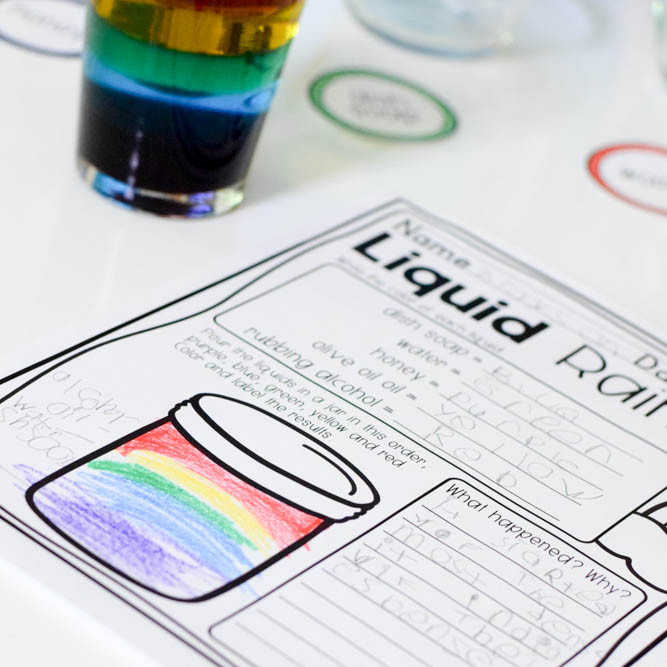
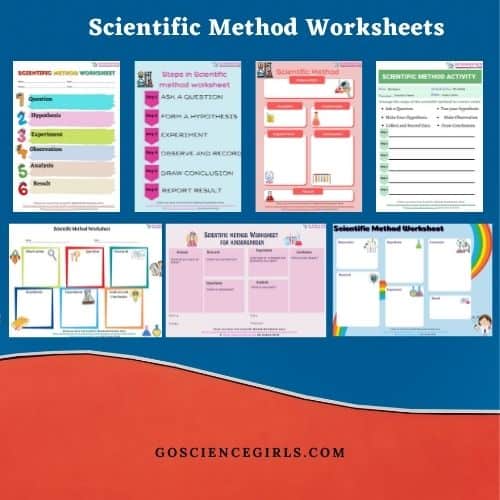



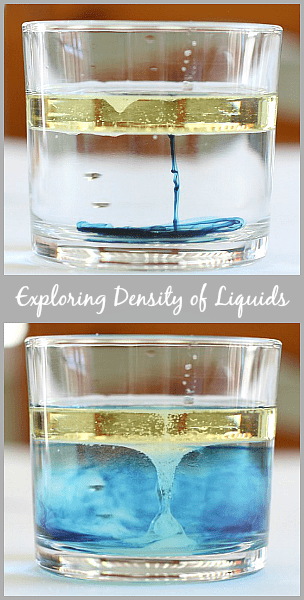


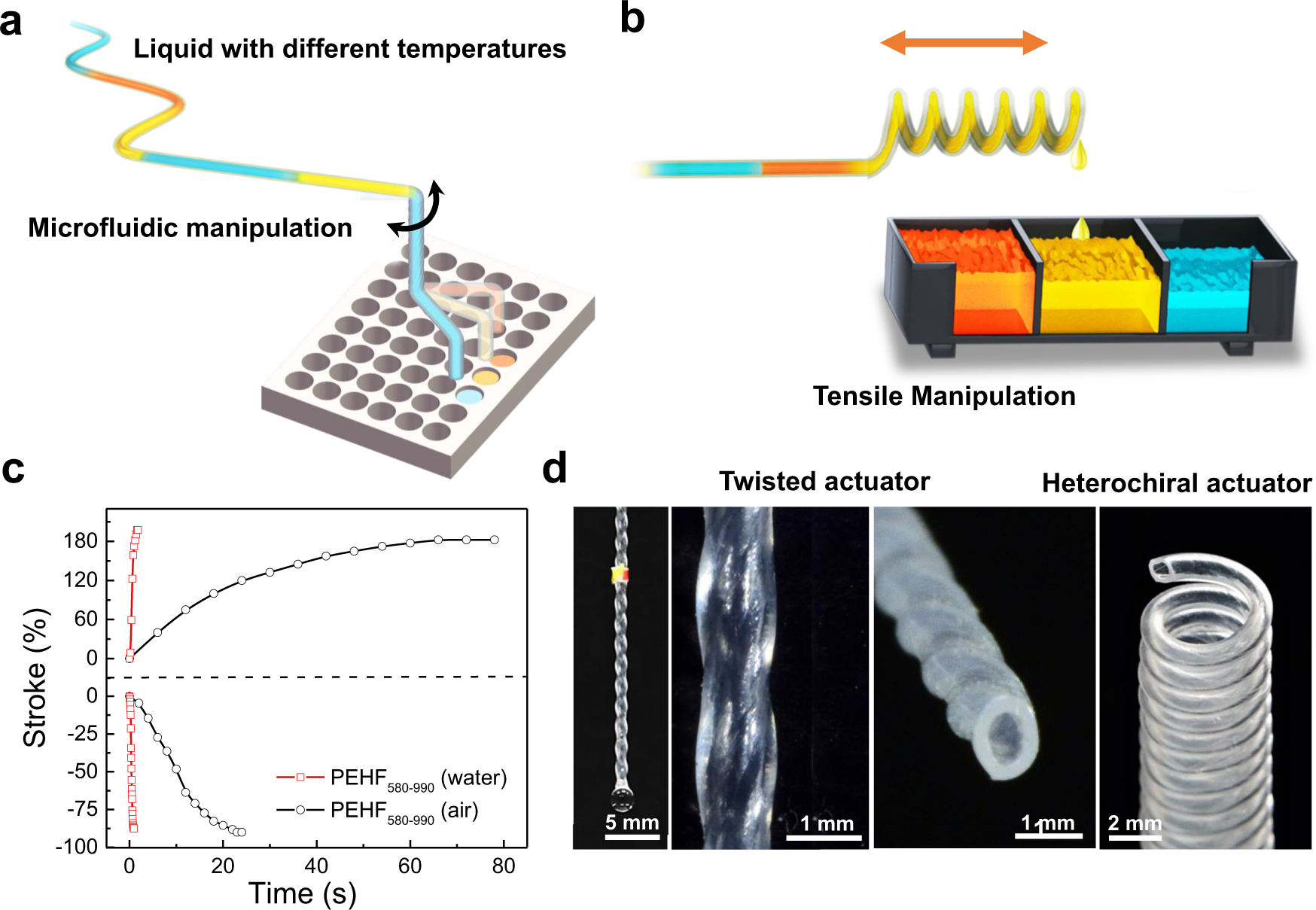


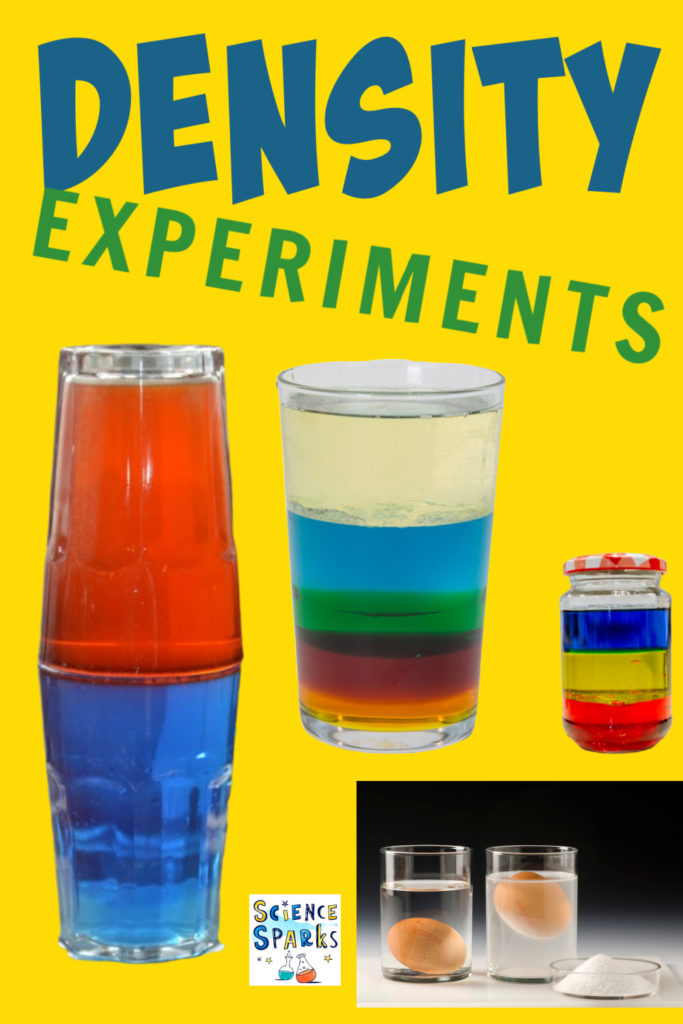




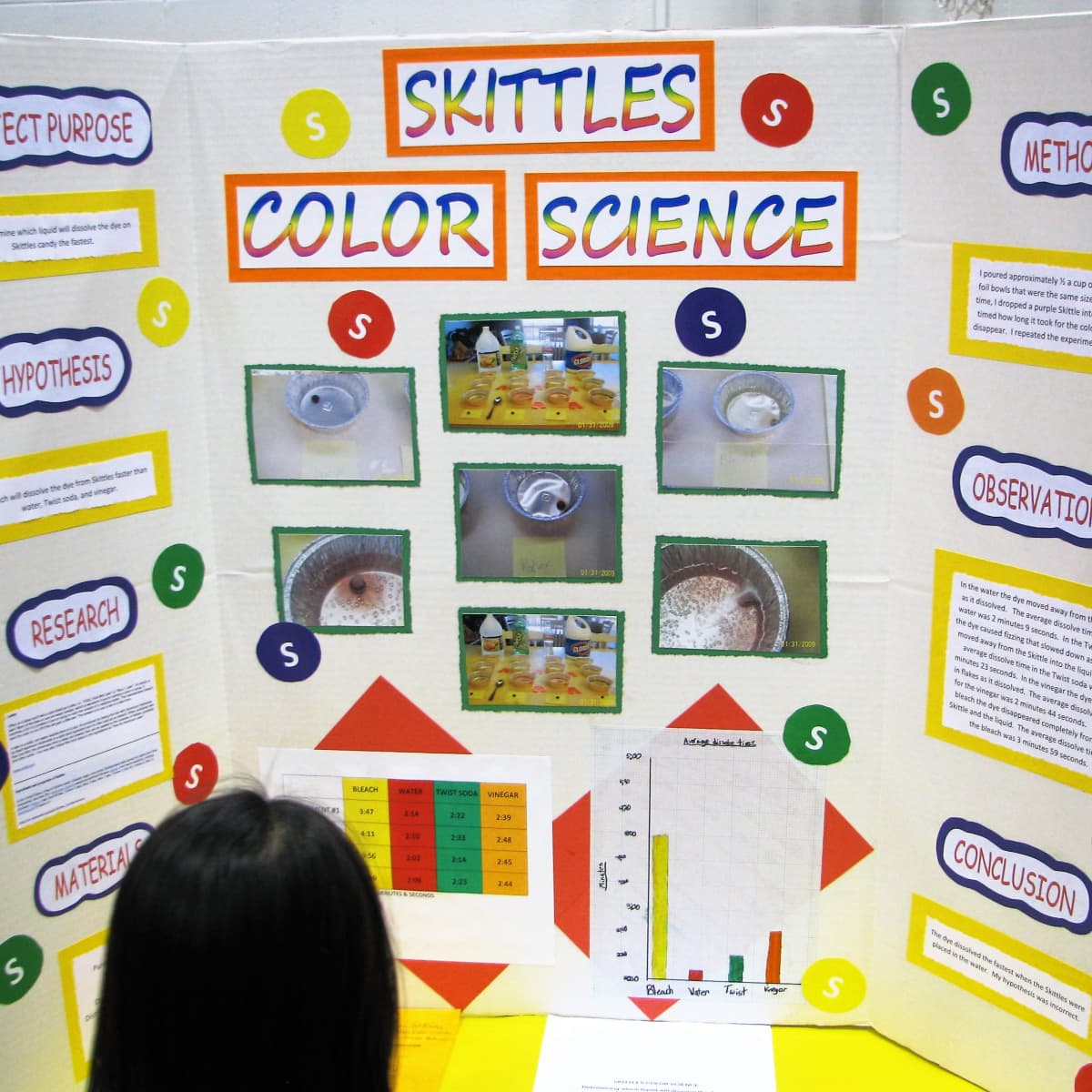




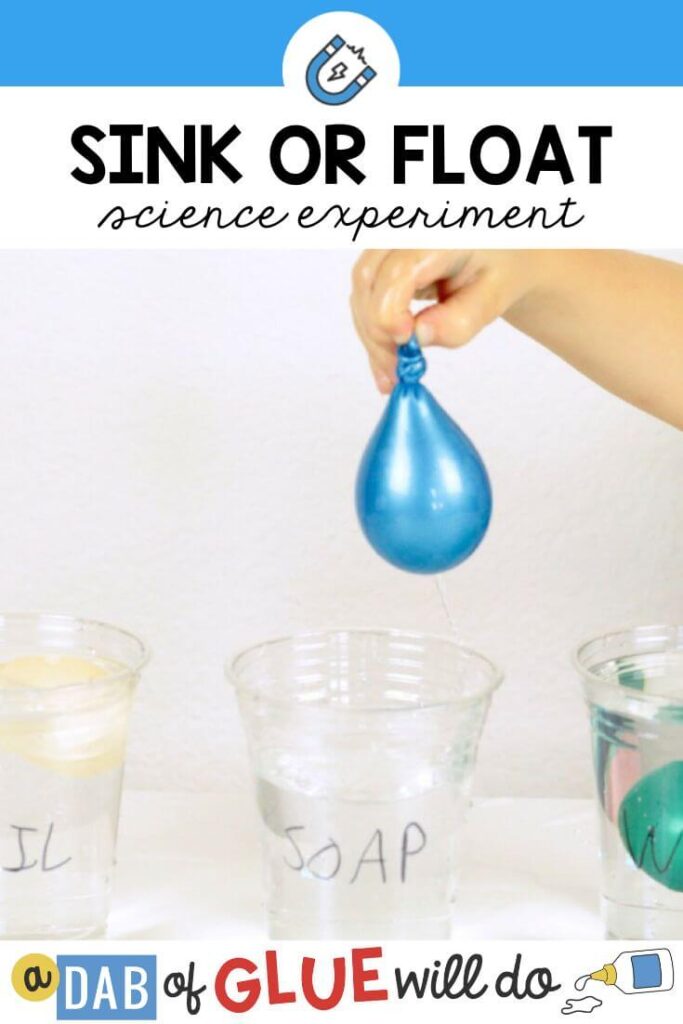

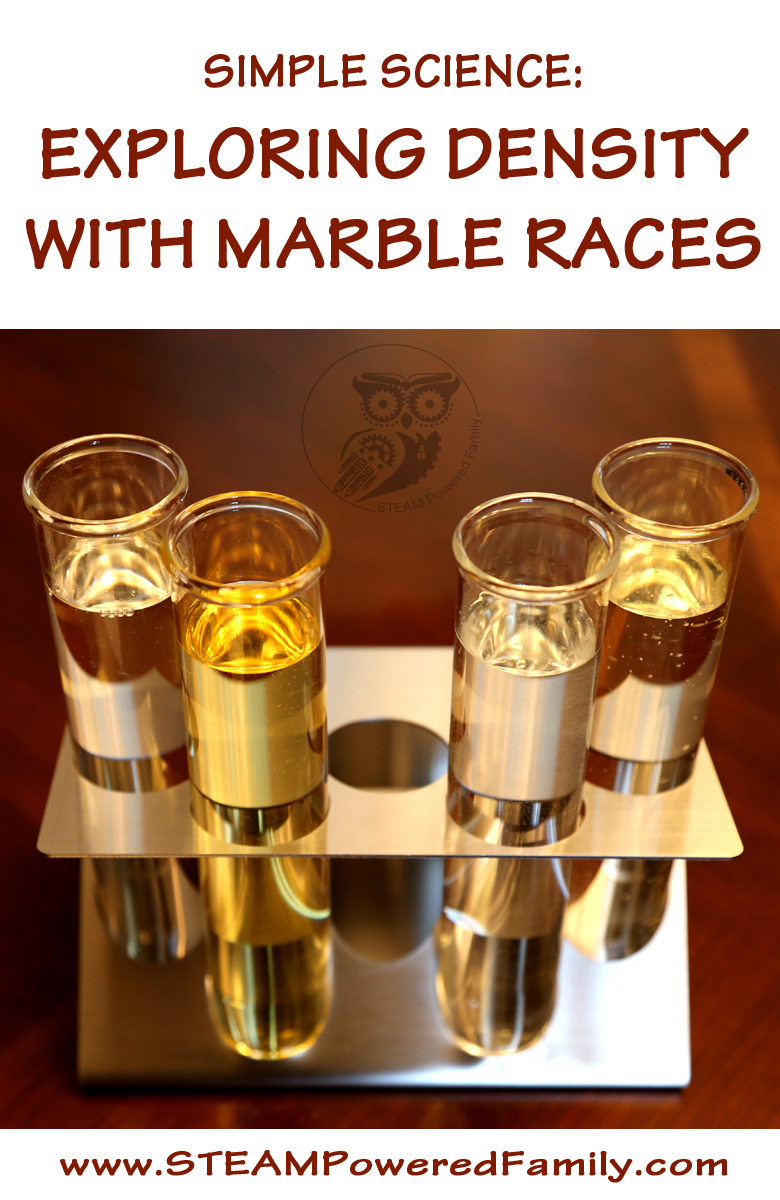
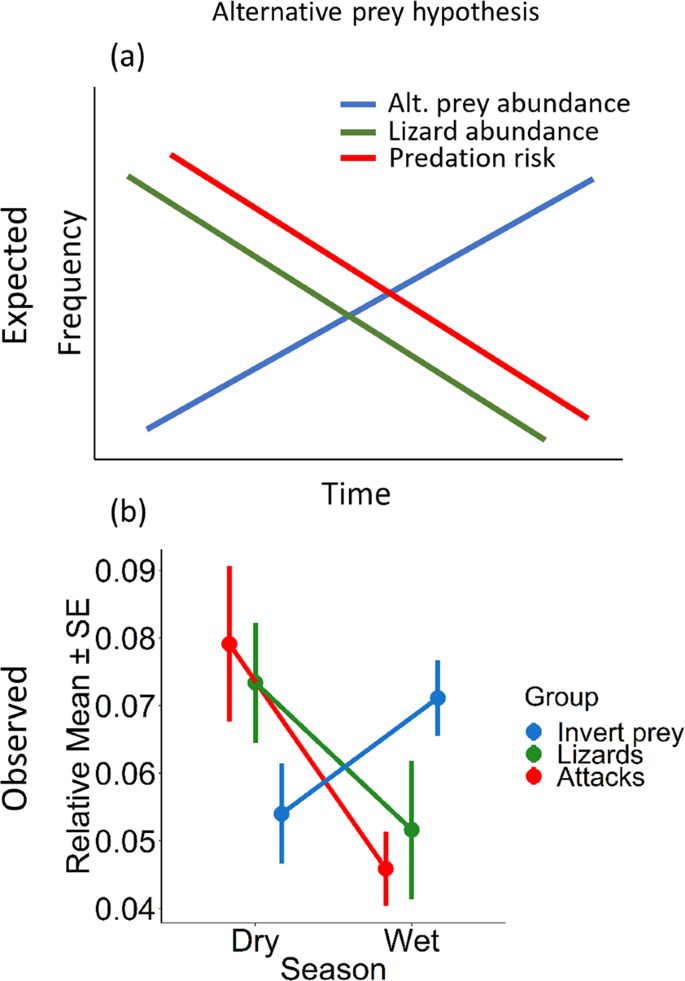

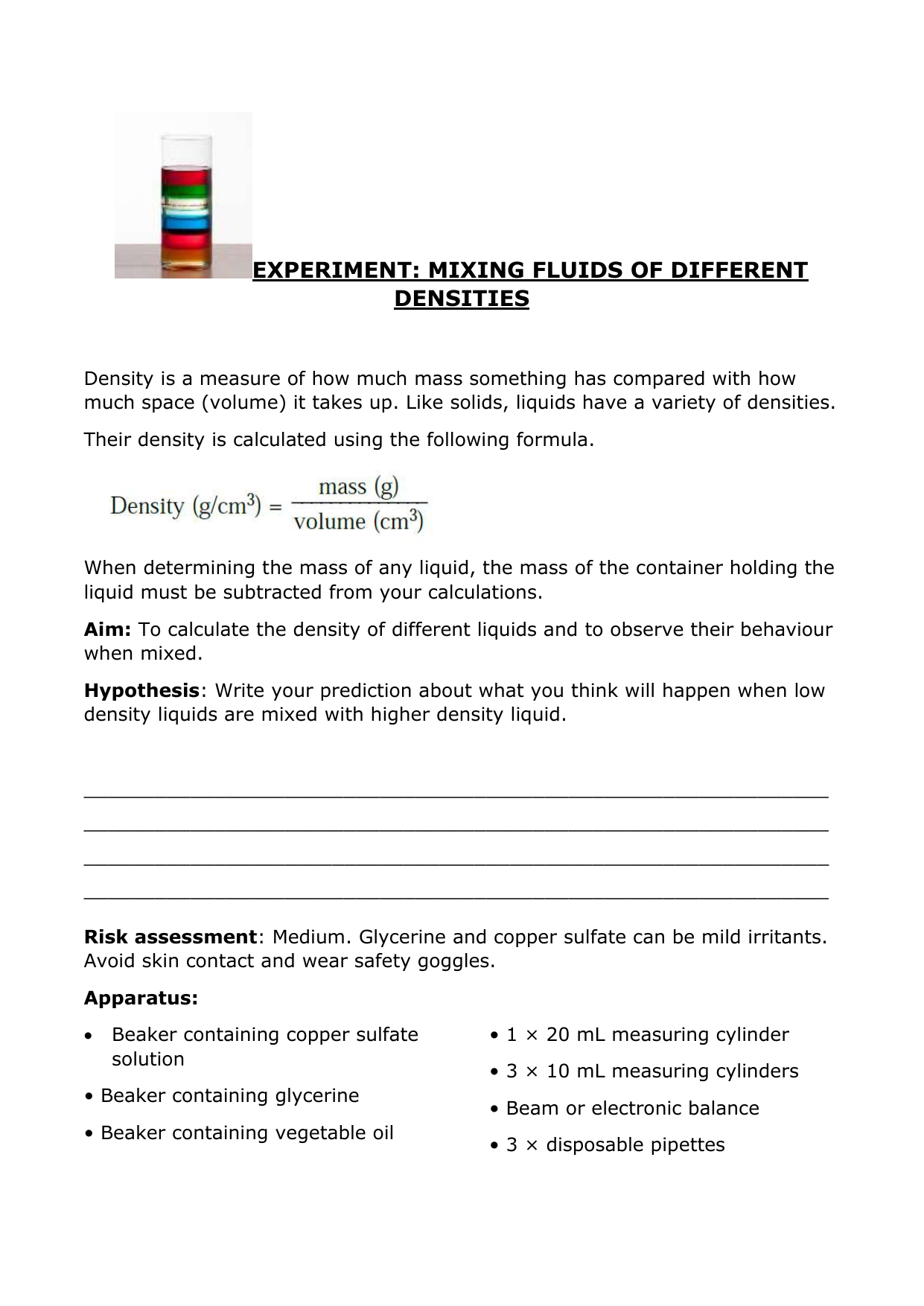
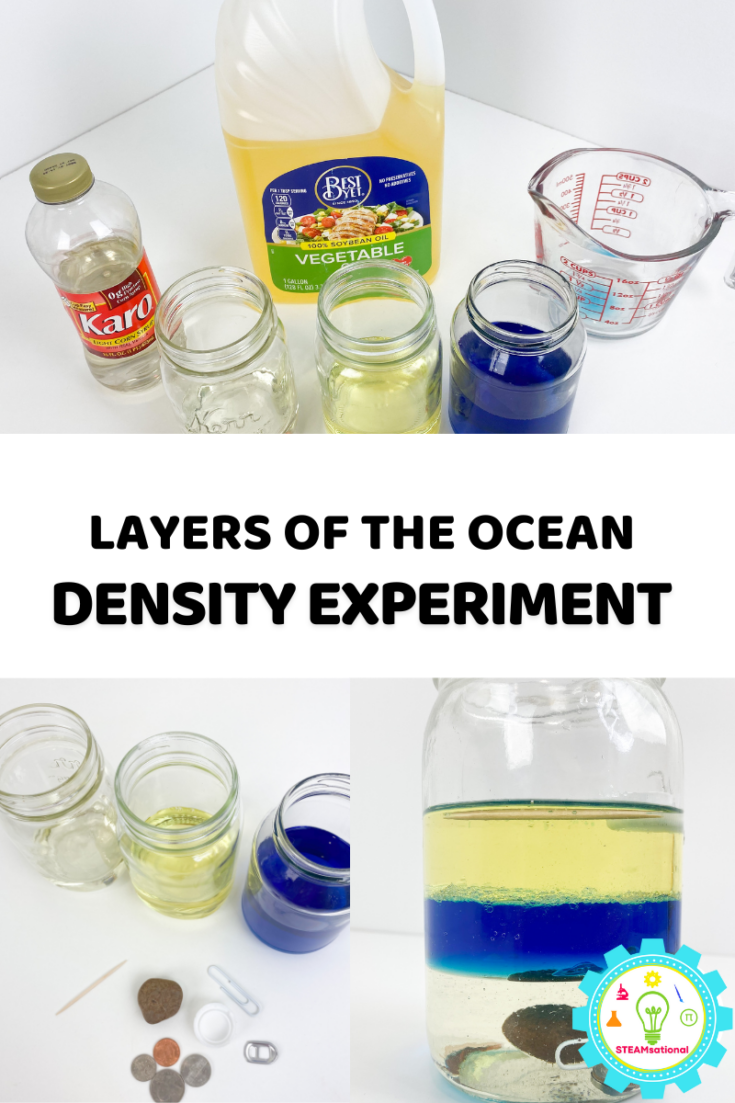


0 Response to "41 liquid density experiment hypothesis"
Post a Comment